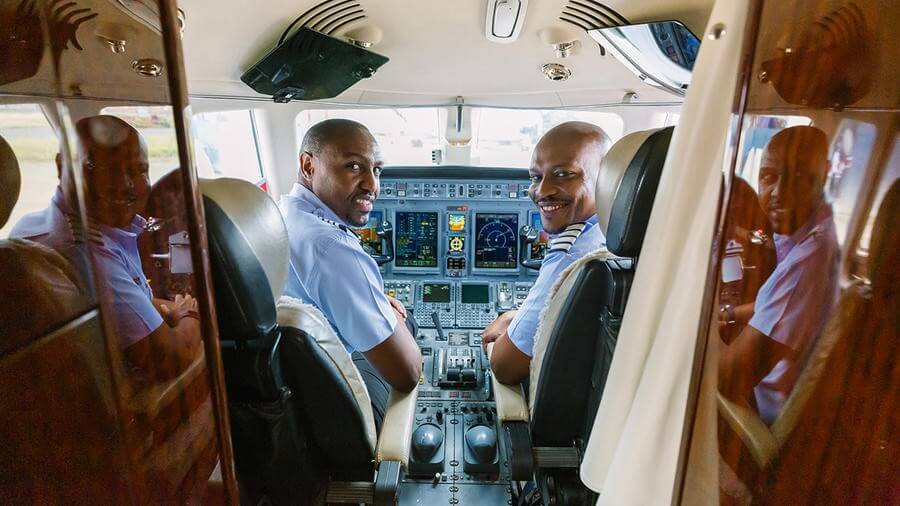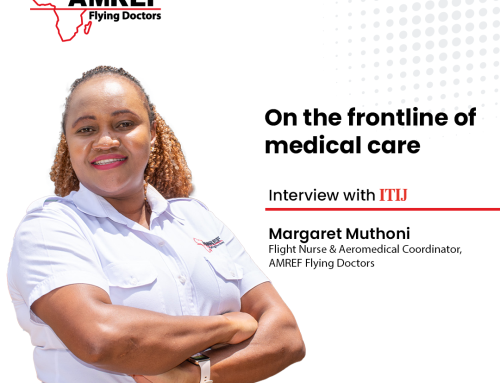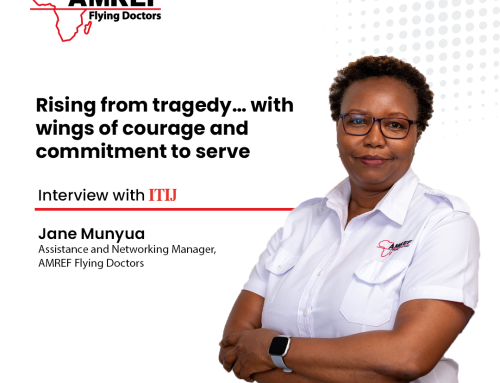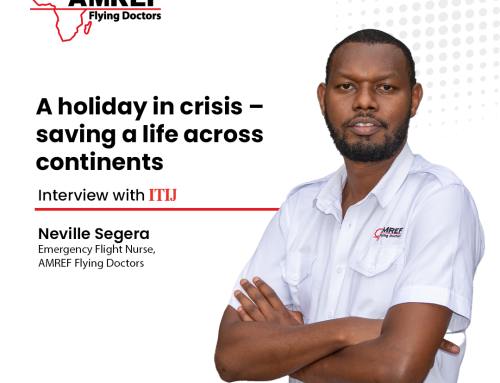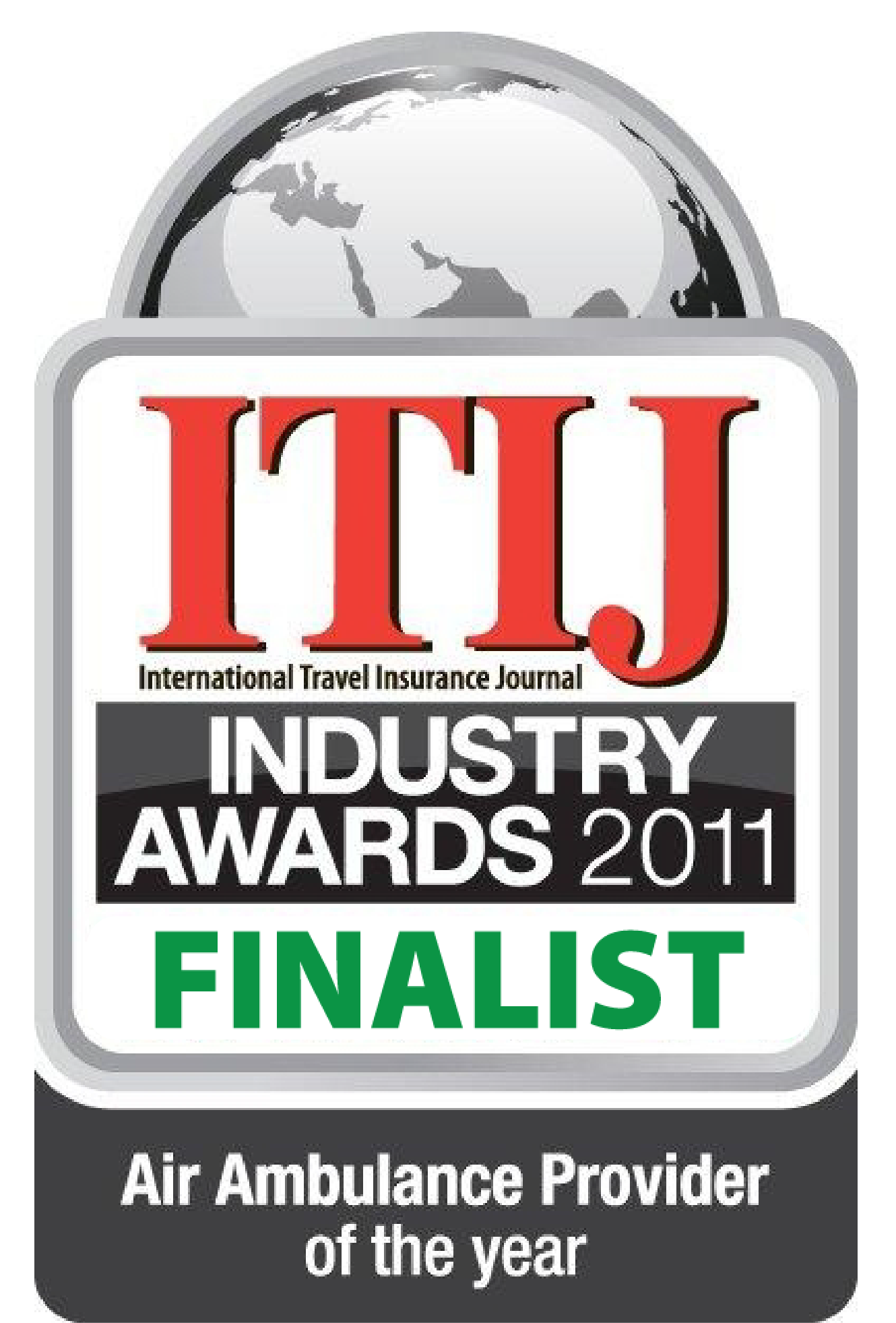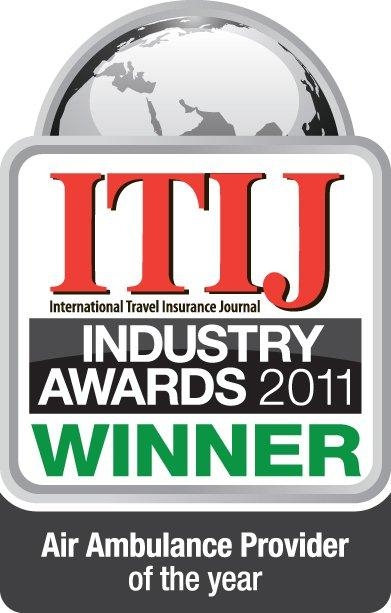In this exclusive ITIJ interview, AMREF Flying Doctors’ Chief Pilot, Sam Muikia, shares a personal, behind-the-scenes perspective on the operational complexities of delivering emergency medical evacuations. He offers rare insights into the unique demands and rewards of air ambulance operations on a global scale
Q1. What are the most challenging issues you face as Chief Pilot at AMREF Flying Doctors?
Prior to joining AMREF Flying Doctors I worked as bush pilot for a local airline based out of Nairobi’s Wilson Airport, then later as a scheduled commercial pilot, flying both domestic and international routes for regional airlines and the national carrier. Airline flying is highly structured: flights are scheduled months in advance, career progression follows predictable stages, and operational parameters are tightly controlled.
By contrast, medevac aviation is inherently unpredictable and dynamic. Our operations are driven by urgent medical needs, often with very little notice. No two days are alike. Crews must adapt to changing circumstances such as short-notice activations, complex patient requirements, evolving weather systems, and occasionally, flights into unstable or hostile regions which could lead to raised anxiety. These factors introduce operational pressures that are both commercial and clinical in nature.
Maintaining work-life balance can be challenging for both pilots and their families due to the irregular nature of the missions. However, the work is profoundly rewarding. Every mission presents an opportunity to save lives, and that sense of purpose far outweighs the operational demands. This makes it worthwhile.
Every mission presents an opportunity to save lives, and that sense of purpose far outweighs the operational demands
Q2. AFD covers vast and remote areas. How do you plan missions across such challenging environments?
Our operations often take us into highly challenging and unpredictable environments, which require careful mission planning from the start. Planning begins with our operations team, who work closely with the flight crew to ensure all aspects of the mission are fully covered.
Once activated, I personally review the detailed flight planning using our advanced tools. This covers routing, fuel planning, weather checks, airspace restrictions, and contingency options. We closely monitor weather forecasts, Notices to Airmen, time zones, and possible diversions along the route.
Some of the most complex missions involve long duty days, multiple airspaces, and varying weather systems. In today’s world, conflicts in certain regions make some airspaces inaccessible. We often have to plan around restricted zones, while also navigating areas with limited ground-based navigation aids or occasional GPS interference, which can add another layer of complexity while thinking about the sick patient in the back of the plane.
Medical coordination is a major part of our planning. The patient’s condition can affect altitude, cabin pressurisation, speed, and routing. In some cases, we pre-identify diversion airports along the route to ensure quick access to medical care if needed.
We also review destination airfields carefully, looking at runway length, elevation, surface conditions, fuel availability, and alternate options. This is especially important for remote locations where infrastructure can be limited.
International missions often require securing overflight, diplomatic, and landing permits on short notice. This involves constant coordination with civil aviation authorities and government agencies, sometimes under politically sensitive circumstances.
Our crews go through continuous training, both in simulators and in live flight conditions, to stay sharp for all mission types. Because of the unpredictable nature of these missions, we also prioritise fatigue management and Crew Resource Management to ensure safety throughout every flight. The safety of our patients and crews remains our highest priority at all times.
Q3. Tell us about the AFD fleet, and why it is vital to your mission.
Our fleet is specifically configured for flexibility and global reach. The Pilatus PC-12 is ideal for regional and remote operations, offering short takeoff and landing capabilities along with pressurisation for high-altitude comfort. Its agility allows us to access isolated airstrips across Africa with speed and safety. However, its operational range is limited for extended overwater missions and thus has to fly within gliding distance of land.
For long-haul evacuations, we rely on our Citation 560 XLS and Citation Sovereign jets. The Sovereign offers exceptional range and efficiency, capable of reaching Europe with only one refuelling stop. The XLS provides similar capability, with additional stops depending on the destination.
Overall, the diversity in our fleet allows us to tailor every mission to the specific needs of the patient, the distance involved, and the operational complexity of the route. Whether it is a short bush mission within Kenya or a longrange intercontinental transfer, our fleet gives us the ability to be present in almost every corner of this beautiful planet.
Partner selection is based on shared commitment to safety, operational integrity, and patient-centred care
Q4. How does AFD manage risks associated with flying into conflict zones?
Every mission request involving conflict zones triggers a rigorous multi-layered risk assessment. Our flight operations and safety teams collaborate closely, supported by external risk intelligence partners who monitor global events in real-time.
We also engage directly with other operators active in affected areas to gather current operational data and safety insights. All information is consolidated into a risk scoring matrix that informs go/no-go decisions. Insurance coverage is also confirmed for the specific region prior to mission approval.
These processes involve numerous departments and specialised expertise, always with patient and crew safety as the overriding priority. Despite the inherent risks, careful planning allows us to maintain our life-saving mission while upholding the highest safety standards.
Q5. How do you select and maintain global partnerships to support these missions?
Our extensive network of partners is essential to delivering seamless, cross-border care. A significant portion of our work comes through insurance companies, who rely on our proven record of reliability, safety, and responsiveness.
We also partner with fellow air ambulance providers for wing-to-wing transfers when mission complexity, equipment availability, or duty hour limitations require collaborative solutions. Partner selection is based on shared commitment to safety, operational integrity, and patient-centred care.
These partnerships are nurtured through continuous communication, mutual trust, and alignment on clinical and operational excellence. Ultimately, every collaboration exists to serve one goal: ensuring every patient receives timely, safe, and effective care.
First Published: ITIJ Magazine | July 2025
Author: Capt. Sam Muikia
Editor: Jane W. Muthoni

